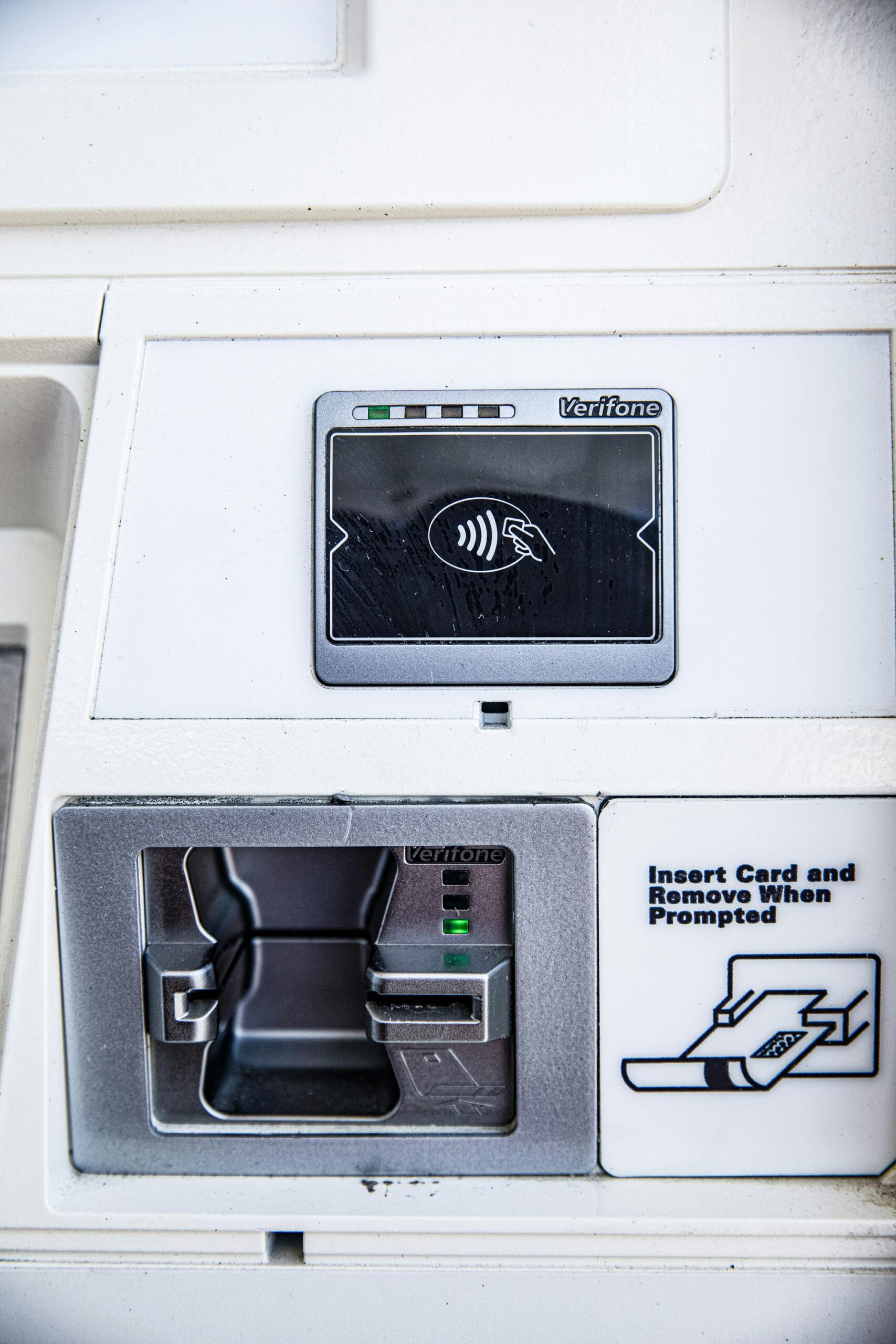
Purchasing a car is a significant financial decision, and for many Americans, securing a car loan is essential to making that purchase possible. While the process can seem daunting at first, understanding the basics of car loans will help you make informed decisions, find the best financing options, and ultimately drive away with a car that fits both your needs and budget. In this blog, we will explore the fundamental aspects of car loans in the USA, including the types of loans available, how to qualify, and tips for securing the best loan terms.
1. What Is a Car Loan?
A car loan is a type of personal loan that allows you to borrow money to purchase a vehicle. The loan is secured by the car itself, meaning that if you fail to make the required payments, the lender can repossess the vehicle to recover the loan amount. Car loans are typically offered by banks, credit unions, online lenders, and dealerships, with varying terms, interest rates, and conditions.
In exchange for the loan, you agree to make monthly payments over a fixed period—usually between 36 to 72 months. The amount you borrow is repaid with interest, which is determined by several factors, including your credit score, the length of the loan, and the lender’s policies.
2. Types of Car Loans in the USA
There are several types of car loans available in the USA, each with its own advantages and considerations. Understanding the differences between them can help you choose the right loan for your situation.
New Car Loans
New car loans are used to finance the purchase of a brand-new vehicle. These loans generally come with lower interest rates and better terms because new cars are considered less risky for lenders. New car loans may also offer more flexible repayment options. However, it’s important to remember that new cars depreciate quickly, so you’ll likely owe more than the car is worth in the first few years.
Used Car Loans
Used car loans are for financing a pre-owned vehicle. While used car loans can have higher interest rates than new car loans, they are often easier to qualify for if you have less-than-perfect credit. However, because used cars are generally cheaper than new cars, the loan amounts tend to be lower, which could make monthly payments more affordable. The vehicle’s age, mileage, and condition will influence the loan terms.
Dealer Financing
Many car dealerships offer in-house financing options for buyers. Dealer financing can be convenient because it allows you to secure a loan directly through the dealership rather than going through a bank or other lender. However, dealership financing is not always the most competitive. It’s essential to compare interest rates and terms with those offered by banks, credit unions, or online lenders before accepting dealer financing.
Leasing
While leasing isn’t technically a car loan, it is another option for those who want to drive a new car without committing to full ownership. Leasing involves paying for the use of a vehicle over a set period, typically 2-3 years. At the end of the lease term, you have the option to return the car, buy it, or lease a new vehicle. Leasing generally offers lower monthly payments than purchasing a car, but you won’t build equity in the vehicle, and you may face penalties for exceeding mileage limits or excessive wear and tear.
3. How to Qualify for a Car Loan
Qualifying for a car loan depends on several factors, including your credit score, income, and debt-to-income ratio. Here’s what lenders typically consider when evaluating your loan application:
- Credit Score: Your credit score plays a critical role in determining whether you’ll be approved for a car loan and what interest rate you’ll receive. A higher credit score (typically 700 or above) can help you secure lower interest rates, while a lower score may result in higher rates or difficulty getting approved. If your credit score is below 600, you may need to consider special financing options or work on improving your score before applying.
- Income: Lenders want to ensure you have a stable income to make your monthly car loan payments. They’ll typically require proof of employment and may ask for recent pay stubs or tax returns.
- Debt-to-Income Ratio (DTI): The DTI ratio compares your total monthly debt payments to your income. Lenders generally prefer a DTI ratio of 36% or lower, as this indicates you have enough disposable income to cover your car loan and other financial obligations.
- Down Payment: While not always required, a down payment can improve your chances of loan approval and help you secure better terms. A larger down payment reduces the loan amount and can lower your monthly payments.
- Loan Term: Car loan terms typically range from 36 to 72 months. While longer terms result in lower monthly payments, they may also result in paying more interest over the life of the loan. Most lenders recommend keeping the loan term under 60 months to avoid paying excessive interest.
4. The Car Loan Application Process
Securing a car loan involves several steps. Here’s a breakdown of the typical process:
Step 1: Check Your Credit Score
Before applying for a car loan, it’s a good idea to check your credit score. You can obtain a free credit report from the three major credit bureaus: Equifax, TransUnion, and Experian. If your score is lower than you’d like, consider taking steps to improve it, such as paying down debt or resolving any errors on your credit report.
Step 2: Shop Around for Lenders
It’s essential to shop around for the best car loan terms. You can check with traditional banks, credit unions, online lenders, or car dealerships. Don’t be afraid to compare interest rates, loan amounts, and repayment terms from different lenders to ensure you get the best deal.
Step 3: Get Pre-Approved
Getting pre-approved for a car loan gives you a better idea of how much you can borrow and what interest rates you’re eligible for. Pre-approval can also streamline the car-buying process since you’ll already know your budget and have more negotiating power when it comes to pricing.
Step 4: Apply for the Loan
Once you’ve found a lender and car, you’ll need to submit a formal application. This usually involves providing personal financial information, such as your employment history, income, credit score, and any outstanding debts. You may also be asked to provide documentation like pay stubs, tax returns, and proof of identity.
Step 5: Review Loan Terms and Sign the Agreement
After the lender processes your application and approves your loan, carefully review the terms of the agreement. Make sure you understand the interest rate, loan term, monthly payments, and any fees involved. Once you’re satisfied with the terms, sign the agreement and complete the paperwork to finalize the loan.
Step 6: Take Delivery of the Car
After finalizing the loan, you’ll be able to take possession of the vehicle. Keep in mind that you’ll be responsible for making monthly payments on the loan, along with other expenses like insurance and maintenance.
5. Tips for Getting the Best Car Loan
- Improve Your Credit Score: If possible, work on improving your credit score before applying for a loan. A higher score can help you secure better interest rates and loan terms.
- Make a Larger Down Payment: A larger down payment can reduce the amount you need to borrow and may help you secure more favorable loan terms.
- Shop Around for the Best Rates: Don’t settle for the first loan offer you receive. Compare offers from multiple lenders to ensure you’re getting the best deal.
- Be Mindful of the Loan Term: While longer loan terms may lower your monthly payments, they can also increase the total amount of interest you pay. Try to keep the loan term under 60 months if possible.
- Read the Fine Print: Carefully review the loan agreement and be aware of any fees, penalties, or restrictions before signing.
Conclusion
Understanding the basics of car loans in the USA is essential for making an informed decision when purchasing a vehicle. By knowing the different types of car loans, how to qualify, and how to navigate the application process, you can secure a loan that fits your financial needs. Whether you’re buying a new or used car, comparing loan offers and understanding the terms can help you save money and avoid costly mistakes down the road.

















